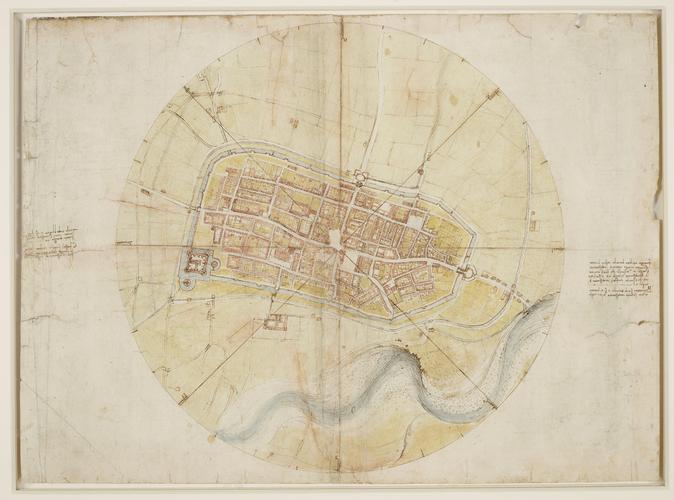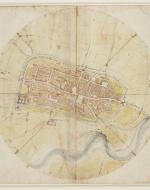The First Geometric Map
Created by Chloe Romero on Sat, 05/18/2019 - 11:07
Description:
This map was drawn by a Vinci under the service of Cesare Borgia. It features a realistic depiction of the city Imola that still exists today.
This work is in the public domain in the United States because it was published (or registered with the U.S. Copyright Office) before January 1, 1923. Courtesy of Wikimedia Commons.
Source: “Leonardo Da Vinci (Vinci 1452-Amboise 1519) - A Map of Imola.” Royal Collection Trust, rct.uk/collection/912284/anbspmap-of-imola.
Copyright:
©
Associated Place(s)
Timeline of Events Associated with The First Geometric Map
Part of Group:
Featured in Exhibit:
Artist:
- Leonardo da Vinci
Image Date:
circa. Autumn 1502


